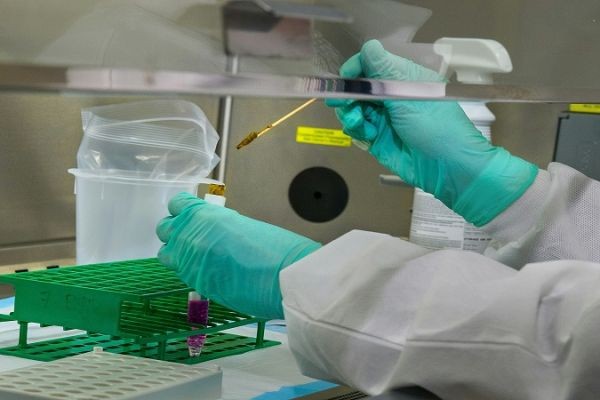What is Glycan Profiling? Defining the Sugar Code of Life
Glycan profiling is the systematic analysis of carbohydrate structures attached to proteins and lipids, providing critical insights into their function and properties. This process deciphers the complex "sugar code" that governs essential biological characteristics including protein stability, activity, and immunogenicity. Through advanced analytical techniques, researchers obtain detailed molecular fingerprints that enable precise control over product quality and consistency.
This analytical approach encompasses both N-linked and O-linked glycosylation analysis, with N-glycan profiling being particularly crucial for therapeutic protein characterization. The ability to accurately monitor glycosylation patterns has become indispensable for bioprocess optimization, quality control, and regulatory compliance across the biopharmaceutical industry.
Key Analytical Techniques in Glycan Profiling
Glycan profiling utilizes advanced analytical methodologies to characterize complex carbohydrate structures. High-performance liquid chromatography (HPLC) and ultra-performance liquid chromatography (UPLC), particularly in hydrophilic interaction liquid chromatography (HILIC) mode, provide superior separation of glycans. Mass spectrometry (MS) enables precise structural elucidation through molecular weight determination and fragmentation analysis. These are often complemented by capillary electrophoresis for high-resolution separation and exoglycosidase digestion for structural validation.
This integrated approach ensures reliable data meeting rigorous regulatory standards while delivering actionable insights for bioprocess development and quality control. The ongoing refinement of these platforms addresses increasingly complex analytical demands in biopharmaceutical development.
Applications in Biopharmaceutical Development
Glycan profiling serves as a critical tool throughout biopharmaceutical development. It enables clone selection by identifying optimal glycosylation patterns during cell line development. The technology guides media optimization and process parameter adjustment through precise monitoring of glycosylation changes. In biosimilar development, it provides essential comparability data against reference products by detecting critical quality attributes. For quality control, glycan profiling ensures batch-to-batch consistency and monitors product stability throughout the manufacturing process.
These applications demonstrate how comprehensive glycosylation analysis supports decision-making across the product lifecycle. From early research to commercial manufacturing, maintaining glycosylation consistency remains crucial for ensuring product safety and efficacy.
Strategic Importance and Industry Adoption
The implementation of robust glycan profiling has become a strategic imperative in biopharmaceutical development. This analytical approach provides critical data supporting regulatory filings and quality initiatives. As therapeutic proteins grow more complex, comprehensive glycosylation analysis ensures product consistency and helps mitigate development risks. Many organizations leverage specialized service providers to access advanced capabilities, enabling them to maintain competitive advantage while controlling capital investment.
The growing adoption of glycan profiling reflects its essential role in biologics quality assurance and regulatory compliance. As industry requirements evolve, this technology continues to form the foundation for developing safer and more effective biological therapies.
Future Directions in Glycan Analysis
Advancements in glycan profiling are driving increased automation, throughput, and data integration. Emerging technologies focus on enhancing analytical sensitivity and streamlining workflows to support rapid process development. The integration of artificial intelligence and machine learning is improving pattern recognition and predictive modeling of glycosylation outcomes. These developments are making comprehensive analysis more accessible throughout the biopharmaceutical industry.
Standardization of methods and data interpretation continues to evolve, supporting more consistent application across development programs. The field is moving toward real-time monitoring capabilities that could transform quality control practices. These innovations will further establish glycan profiling as an indispensable component of biologics development.
Conclusion: The Essential Role of Glycan Profiling
Glycan profiling has established itself as an indispensable analytical technology in biopharmaceutical development. By providing detailed characterization of critical quality attributes, it enables informed decision-making throughout the product lifecycle. The technology's applications span from early cell line development to commercial quality control, ensuring product consistency and regulatory compliance.
As therapeutic proteins grow increasingly complex, advanced analysis will continue to play a vital role in maintaining product safety and efficacy. The ongoing evolution of analytical methodologies will further enhance its value to developers and manufacturers alike. Organizations implementing comprehensive capabilities position themselves for success in competitive biologics development.

